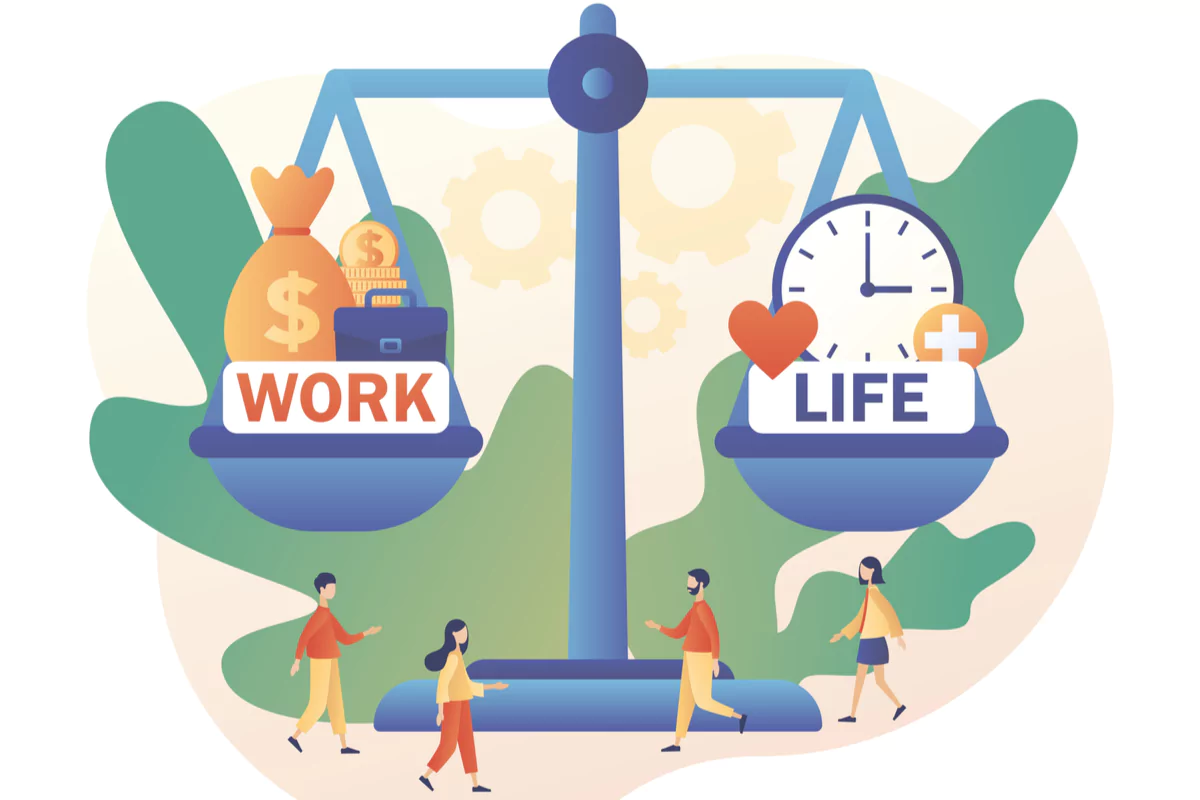Striving for Work-Life Harmony: Achieving Balance Between Work and Personal Life
Navigating the Work-Life Landscape: Fostering Balance at Work and Home
Work-life balance, a concept that resonates deeply with individuals across diverse industries, involves striking a harmonious equilibrium between professional responsibilities and personal pursuits. In today’s demanding world, achieving this balance can prove challenging, yet it’s crucial for safeguarding overall well-being and fulfillment. This article explores the significance of work-life balance, its impact on mental health and productivity, and offers practical strategies to achieve greater harmony between work and home.
The Significance of Work-Life Management: Promoting Well-Being and Productivity
Nurturing a healthy work-life balance yields benefits for both individuals and organizations. It fosters:
- Improved mental and physical health, leading to reduced stress levels and enhanced overall well-being.
- Increased productivity and job satisfaction, as individuals approach work with renewed energy and focus.
- Greater job retention and employee engagement, as individuals feel valued and supported in their pursuit of balance.
Prioritizing Home-Work Balance: A Cornerstone of Mental Health
When work life excessively encroaches upon personal time, it can lead to burnout, anxiety, and even depression. Prioritizing work-life balance, however, allows individuals to:
- Recharge and rejuvenate through personal time, promoting mental well-being.
- Engage in meaningful relationships and activities outside of work, fostering a sense of fulfillment.
- Maintain a sense of control over their time and priorities, reducing stress and promoting overall satisfaction.
Practical Strategies for Workplace Balance: Achieving Harmony in Action
To cultivate a fulfilling work-life balance, consider implementing these strategies:
1. Define Boundaries and Honor Priorities
Establish clear boundaries between work and personal time, adhering to designated working hours and disconnecting from work-related technology during personal time. Prioritize activities that align with your values and bring joy, ensuring time for both professional growth and personal fulfillment.
2. Embrace Breaks and Respite
Incorporate regular breaks throughout the workday to promote mental clarity and prevent fatigue. Engage in activities that foster relaxation and rejuvenation, such as exercise, mindfulness practices, or hobbies.
3. Empower Through Delegation and Assertiveness
Learn to delegate tasks effectively, sharing responsibilities with colleagues or subordinates. Cultivate the ability to say “no” to requests that encroach upon personal time or exceed your capacity, safeguarding your boundaries and well-being.
4. Nurture Self-Care and Support Systems
Prioritize self-care practices, including adequate sleep, healthy eating, and regular exercise. Seek support from loved ones, friends, or professional counselors when needed, fostering a network of encouragement and guidance.
Conclusion: Embracing Harmony for a Fulfilling Life
Work-life balance is not a destination, but an ongoing journey of adjustments and prioritization. By implementing strategies to manage work demands, nurture personal well-being, and seek support, individuals can achieve a fulfilling harmony between work and life. Remember, prioritizing balance is an investment in your overall happiness and success.
